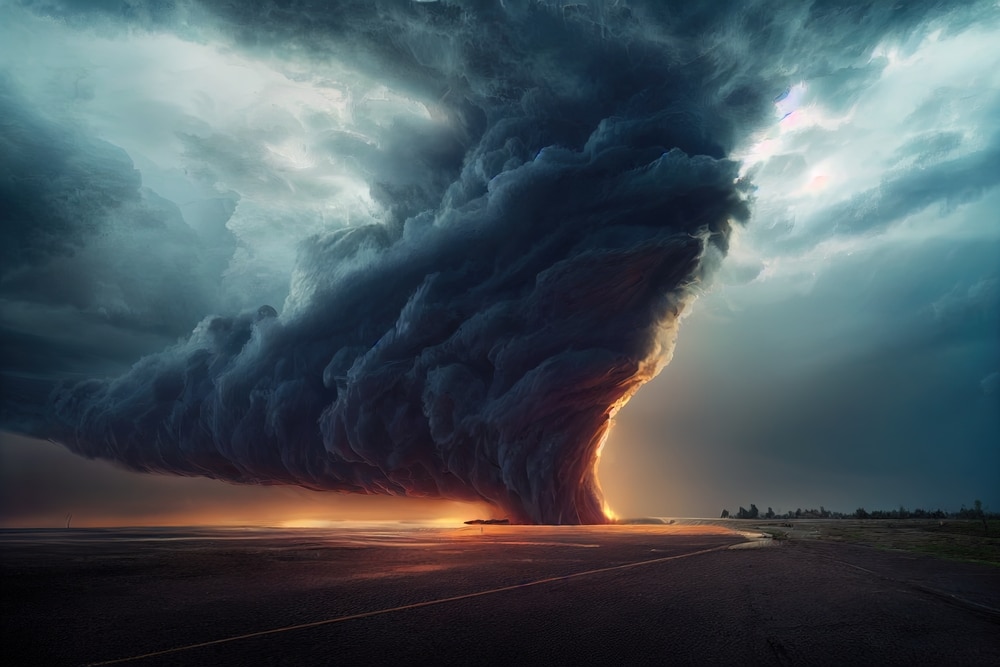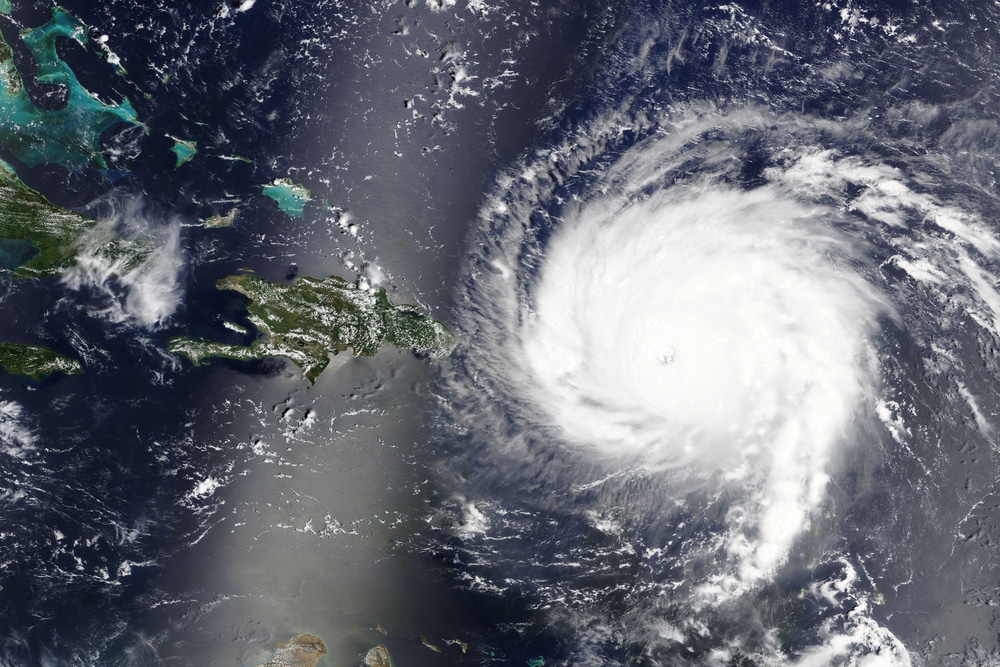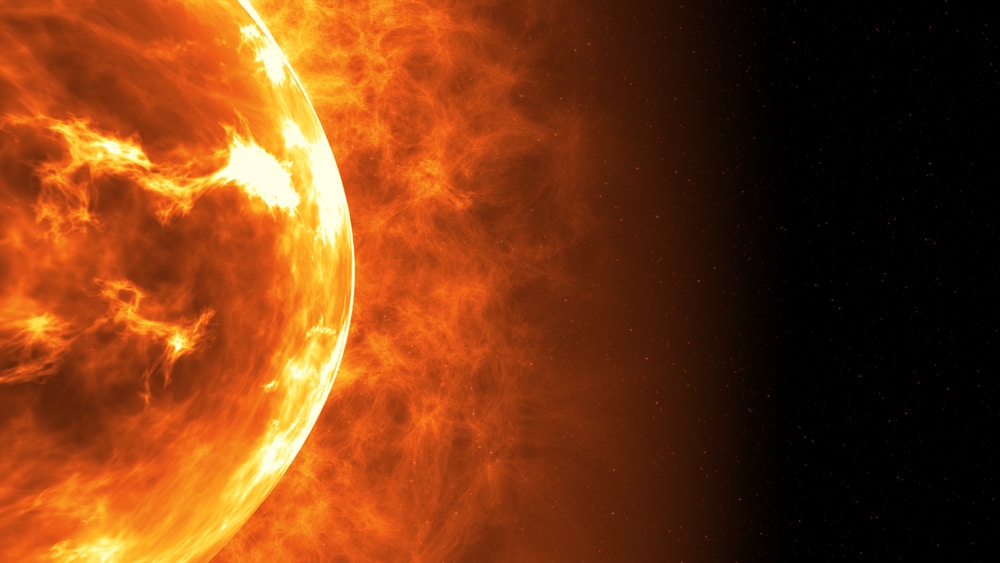(Science) – Sunrise and sunset chasers discovered something odd this summer: In rural Colorado and the rest of the Northern Hemisphere, Earth’s daily light shows were turning purple. Now, weather balloons probing the stratosphere have traced the mysterious purple light to a volcanic eruption in Russia. On 22 June, Russia’s Raikoke volcano blasted ash and sulfuric gas 17 kilometers into the stratosphere. Eruptions that violent are rare—the last to spew gases that high was in 1991, when Mount Pinatubo in the Philippines blew its top.
Researchers monitoring the stratosphere with high-altitude balloons soon found a layer of sulfur particles 20 times thicker than normal. This was enough to explain the purple sunsets and sunrises and to pin them on the Raikoke eruption, they report this week. When the sun rises or sets, its rays strike the atmosphere at an angle—forcing the light to travel farther and filter through more particles known as aerosols. Those aerosols, including the high-flying sulfur particles, act like disco balls—scattering the light in all directions. If a volcanic eruption launches enough sulfur into the stratosphere, this scattering of light can cause the entire planet to cool temporarily by diverting more sunlight into space. READ MORE

















